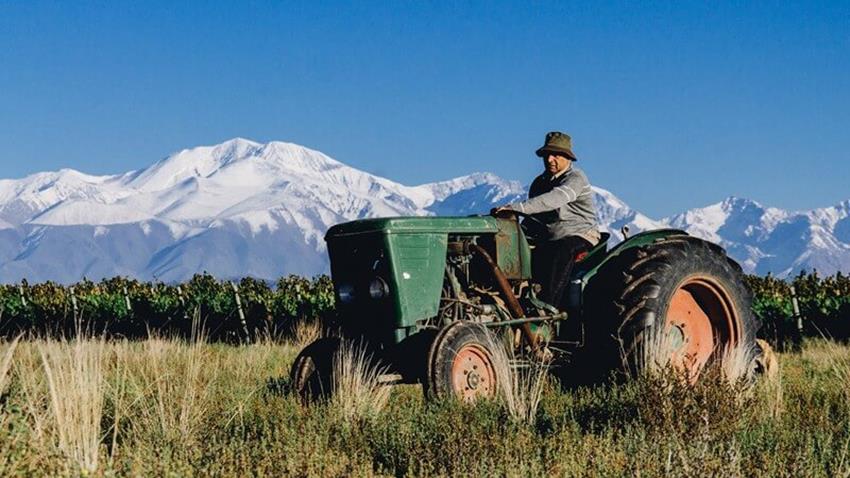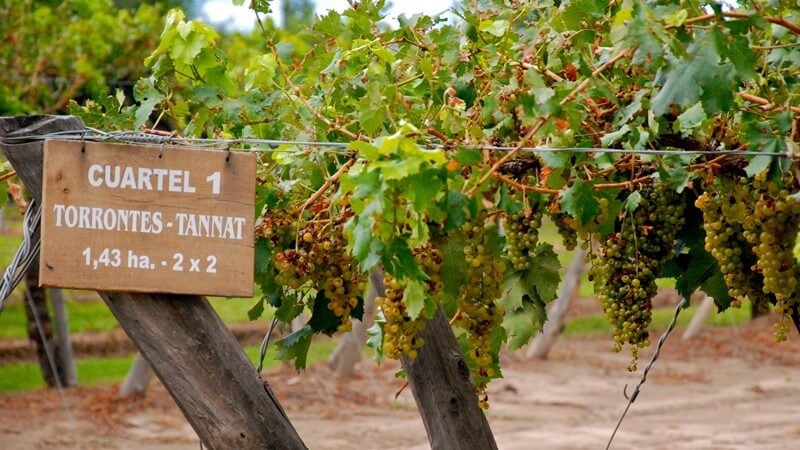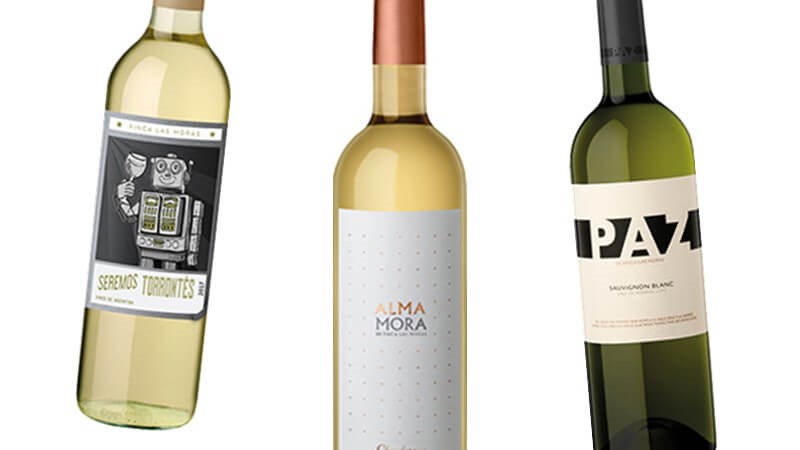
If I ask you to think of Argentine wines, what do you think of? I’d hazard a guess your mind probably went to the Argentine wine industries favourite child, Malbec. If it wasn’t specifically Malbec you thought of; it will almost certainly be of a bold red, resting next to a big t-bone steak!
The white grape that will often spring to mind when discussing Argentine wine is Torrontes. Besides some small growths in neighbouring countries, Torrontes is grown exclusively in Argentina. Found right across the nation, the grape is an icon in its own right. As consumers become more interested in Argentine wines, perhaps due to the impact Malbec has had, Torrontes is growing in popularity here in the UK.
So, what does it taste like I hear you ask? Well, it’s often compared to Muscat Blanc and Riesling, although commonly more dry in style than the wines these grapes produce. It’s blessed with plenty of fruit flavours; peach and lemon are the most common notes detected. Full-bodied and crisp, Torrontes wines appeal to lovers of Albariño and dry Riesling.

Despite Argentina having a near monopoly on Torrontes, Torrontes is far from monopolising white wines from Argentina. Sauvignon Blanc, as it is in Chile, is gaining ground quickly. Argentine Sauvignon Blanc is causing some buzz, being readily compared to wines from New Zealand’s famed Marlborough region and Chile’s Casablanca Valley. Slightly smoky and spicy, with all those typical herbaceous aromas, Sauvignon Blanc now accounts for thousands of acres under vine in Argentina.
There are similarities to explore between these wines. One of the more recent additions to our range, Seremos Torrontés is stylistically similar to Sauvignon Blanc. Having been a stable symbol of Argentina’s wine industry, there is a growing new wave of winemaking approaches to Torrontés. Winemakers are picking earlier, employing lighter extraction and aiming for lower alcohol. Seremos Torrontés is a really good example to try in this regard and has all of the personality you would expect from a Torrontés.

Argentine wine hasn’t always had the best of reputations. While the quality of wines coming from the nation is skyrocketing, it wouldn’t be right to ignore that many experiences of Argentine produced wines come in the form of entry-level wines. There is, of course, nothing wrong with that, the nation produces good quality wines right through the price spectrum – but it shouldn’t cloud us to the idea that Argentina produces wines to rival the very best. Chardonnay, the grape behind the likes of Chablis and white Burgundy wines, is doing a good job in showing this.
Chardonnay sits just behind Torrontés in the number of plantings. It’s taken well to the cooler climate of the nation, producing very expressive wines. Alma Mora Chardonnay is light, dry and fresh with aromas of pineapples and white flowers. An undertone of herbal notes with tropical fruits take you deep into the heart of San Juan’s desert. A wide variety of Argentine Chardonnay can be found, across many wine regions – leaving you with plenty to explore.

Beyond these key varieties, Chenin, Semlillión, and Viognier also have significant plantings in Argentina. With 46% of consumers enjoy trying new styles on a regular basis, I hope I’ve been able to get you to think past the red wines Argentina is famed for. Adding guest wines to your menu is a superb way of discovering what your customer’s love, giving them an option to try new things, and spend more! So why not an Argentine White?

